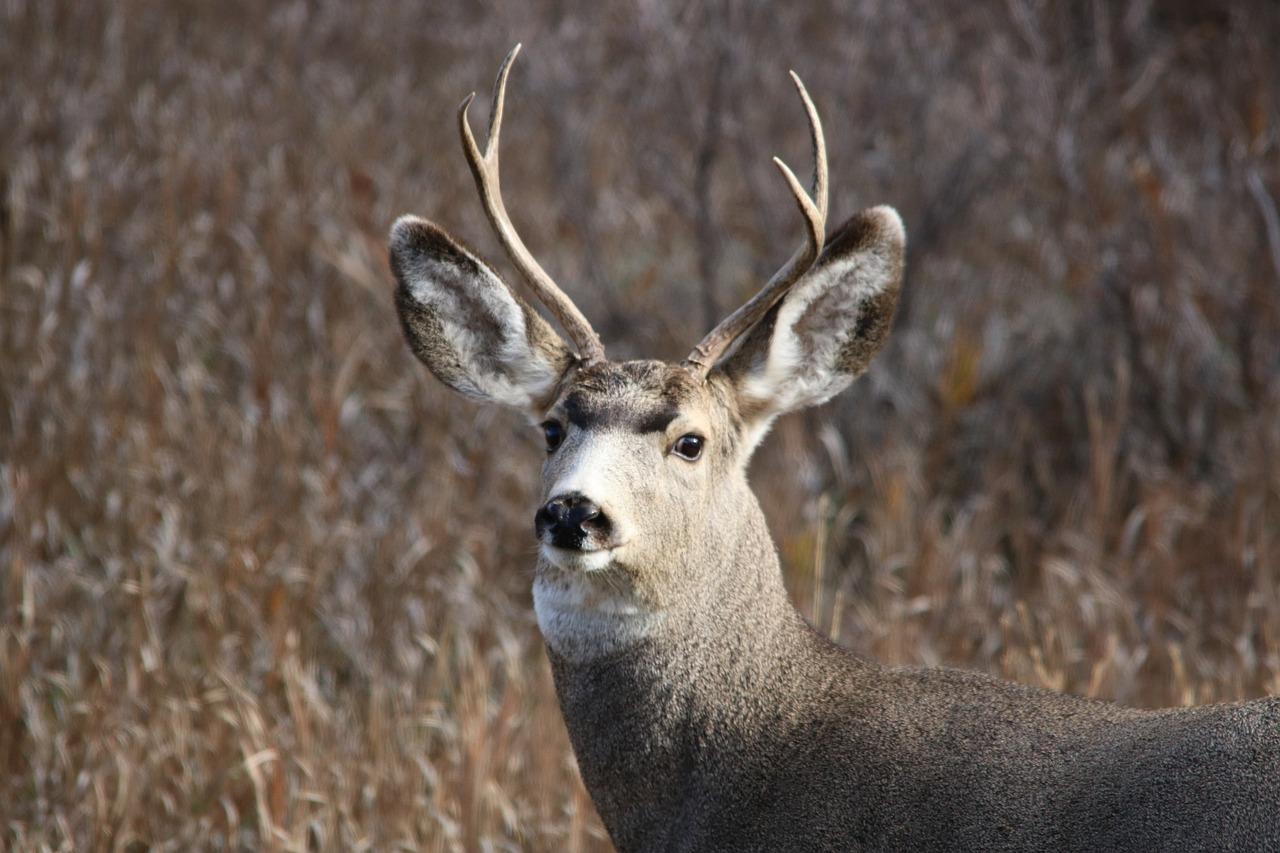
Laura's Line: Winter 2023/24
First Laura’s Line of 2024, can you believe it? Time flies when you’re out monitoring species and managing the land. Overall, 2023 was a good year for the Nature Reserve. We had rain which, as I noted in Summer, is vitally important to the health of the Nature Reserve and the species that live in it. This rain helped produce the highest counts of all four of the sensitive plants that we monitor. We also had good breeding numbers of aquatic dependent species like fairy shrimp, arroyo and western spadefoot toads. We even recorded one of our listed birds, least Bell’s vireo, at a new location which hopefully means this species is expanding its range across the Nature Reserve.
The vireo, a migratory bird, has now left Rancho Mission Viejo for its winter habitat in Southern Mexico. Migration is the seasonal movement of animals from one region to another in search of food, better conditions or to breed. The migration of monarch butterflies is one of the more famous migrations. Many of our local native wildlife don’t migrate, however, they stay home for the winter.
What do the “stay-at-home” wildlife do in winter? Some wildlife decrease their activity due to the colder temperatures. Animals that truly hibernate slow their heart and metabolic rate, breathing and lower their body temperatures. Rodents, for example, hibernate, as do tortoises like our very own Buckwheat. Bears enter into a temporary hibernation called torpor. Think of hibernation as a deep sleep and torpor as light sleep.
Snakes in colder temperatures do a similar thing to hibernation called brumation where they reduce their activity level and don’t eat. A brumation spot where many snakes gather together is called a hibernaculum. On Rancho Mission Viejo, snakes do not brumate, it doesn’t get cold enough. So, while you might see fewer snakes on the landscape in winter, on warm sunny days, they can be out and about.
For other wildlife like our larger mammals such as coyotes, bobcats and mountain lions, winter on the Nature Reserve doesn’t change their behavior very much. Mule deer are finishing their breeding season, you can see bucks with antlers on the Ranch Camp Loop trail or along the Los Patrones Parkway bikeway. We look forward to seeing their young, spotted fawns this spring!
Wishing you all a Happy New Year! See you on the trail in 2024!
